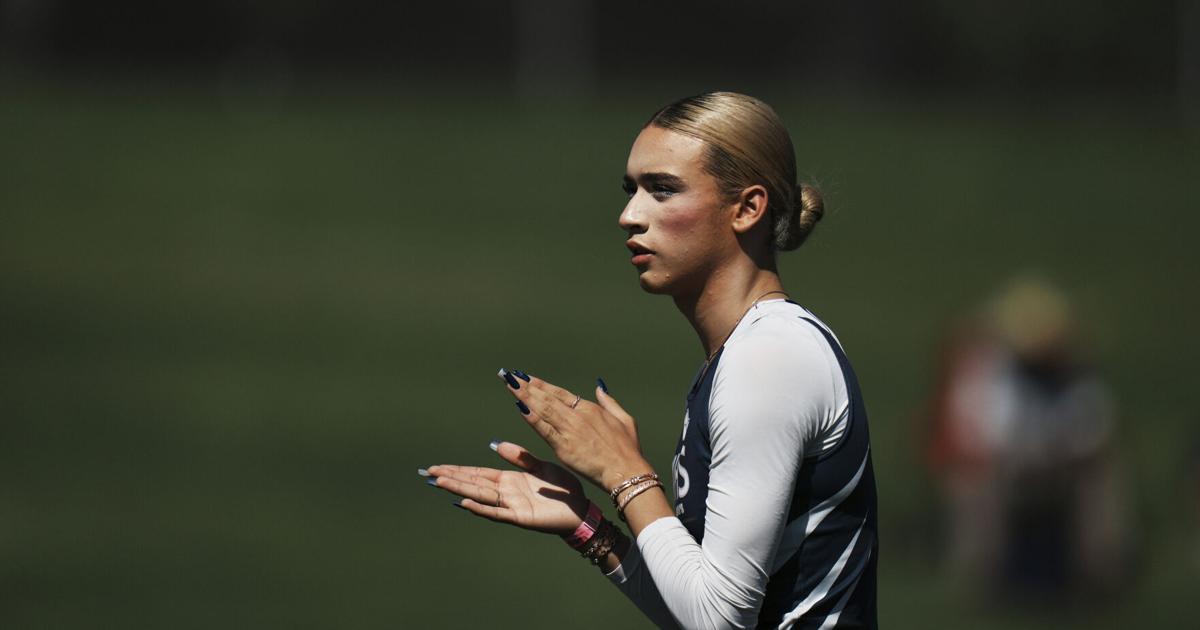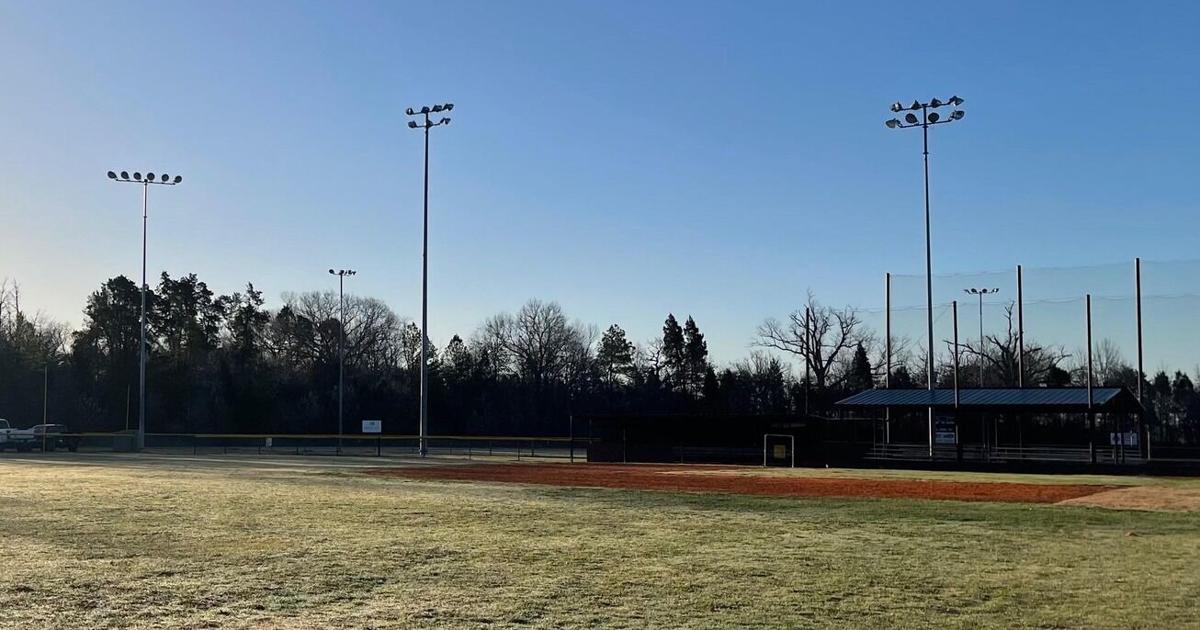Editor’s Note: This story is a part of Peak, The Athletic’s new desk covering leadership, personal development and success through the lens of sports. Peak aims to connect readers to ideas they can implement in their own personal and professional lives. Follow Peak here.
More than anyone, professional athletes have been exposed to a wide range of leadership and coaching styles. When they leave professional sports behind and start coaching young athletes, they have plenty of experience to draw from.
We checked in with three former professional athletes who now coach youth sports to gather their advice for other coaches and parents.
Remember why you’re there
Drew Stanton was an NFL quarterback for 14 seasons and now coaches his son’s football and baseball teams, as well as helping run a youth football organization.
He said he’s noticed that kids are harder on themselves now than they were when he was a young athlete.
As youth sports become increasingly intense, he often reminds kids why they’re playing in the first place.
“We just become so wrapped up in the results of it as opposed to, ‘What is the intentionality behind what you’re trying to do?’ ” Stanton said. “Control the controllables. You get wrapped up in somebody else’s success, or you start comparing yourself, and you start to rob these children of their childhood because we’ve become hyper-focused on making them professionals at such a young age.
“I think the ability to teach life lessons through sports has always been my approach.”
He encourages his athletes to focus on setting their own goals and acknowledge that mistakes are learning opportunities.
“We have to stick to the process,” he said. “Sitting there and yelling or trying to break them down to build them back up, that doesn’t need to happen. These kids already break themselves down enough, or they look to social media to gain their understanding or worth from how many likes they get.”
Travis Snider, a former MLB outfielder, now leads a youth sports company that offers resources and education for parents and coaches. It’s essential, he said, that adults remind athletes that failure isn’t a bad thing.
“We’re trying to teach kids more skills, but with that understanding of where they’re at emotionally and physically,” he said. “These are just experiences that give us an opportunity to learn and grow, and oftentimes failure is a much better vehicle to learn these lessons and grow and become a better version of yourself.”
Know what you value as a coach
Matt Hasselbeck spent 18 seasons as a quarterback in the NFL. He spent one season playing for Pete Carroll, someone he viewed as completely authentic. It’s what he admired about Carroll. But now, after coaching high school football, he realizes just how important it is to find your own identity.
“Put in some speed bumps for yourself,” Hasselbeck said. “Maybe even write some stuff down. Like, here are some non-negotiables — who I am as a coach.”
Hasselbeck, who has non-negotiables like no cursing and putting health and safety above all else, has picked up a few examples. When his son, Henry, played for former NFL quarterback Trent Dilfer, Dilfer had a rule that no one was allowed to sit at a new table during a meal unless all the other tables were full.
“So if you just picture there’s 10 seats at a table, it’s not a table of four, then somebody else starts a table of 10,” he said. “No. Every table has to be full before you can start another table. That’s just community. No one gets left out. No one’s not valuable. No one doesn’t have friends.”
Understand who your players are as people
One year, when Hasselbeck coached high school football, a lot of “mental mistakes” happened along the offensive line, he said. When Hasselbeck approached his offensive line coach and suggested they simplify a few things, the coach, who was also a math teacher at the school, replied, “No. No, that’s not the issue. This is one of the smartest kids I teach. He’s capable. This is just a teenage boy having a focus problem.”
That’s when Hasselbeck began to understand the strong link between learning the little things about his athletes and improving their play.
“Like, ‘Hey, we know this guy struggles learning. Let’s make his menu a little smaller so he can do less better. It’ll help him succeed. He’s got enough on his plate,’ ” Hasselbeck said. “I think just doing less is better.”
To him, even small things, like knowing what someone’s commute from home or family structure looks like, can make a significant difference.
Being uncomfortable can be a good thing
Stanton feels strongly about the lessons we can learn from sports, including trust, respect, and effective communication. But to him, embracing adversity is one of the most important lessons he wants to pass along to his athletes.
“I’m telling the kids, ‘I want you to be comfortable when it’s uncomfortable,’” he said. “Because we’re all in different situations. If you can learn to deal with adversity, if you can learn to deal with all these other things and be able to find a way to persevere, that’s how you grow. Eventually, you’re going to find something or somebody that’s better than you. And what do you do? How do you respond?”
To Stanton, it can be as simple as changing the way you speak to an athlete when they make a mistake. Encouraging them, rather than reprimanding them, can help a young athlete develop a better outlook over time.
Be mindful as a parent
Youth sports require more specialized training, travel, and equipment than ever before. Snider said parents and coaches can’t let the time and money they invest in young athletes turn into added pressure.
“It’s tough to differentiate your child and their experience in sports versus the time, money and energy that you’re investing in and what that return on investment looks like,” he said. “We built a culture that is geared towards performance and achievement. But your failure and success are not going to define who you are.”
Snider believes that if parents and coaches can work on themselves and gain a deeper understanding of how their experiences influence their responses, it can be the difference between a positive experience for a young athlete and a negative one, which is particularly important at such an impressionable age.
“We don’t recognize how our past experiences show up in those moments when our son or daughter strikes out or misses the kick and how that perpetuates something inside of us that we haven’t processed or we weren’t aware of,” Snider said. “We’re a product of our childhood and what that generation of parents and coaches did and did not do during that experience. What can we do? It’s making child development a priority.”
Elise Devlin is a writer for Peak, The Athletic’s new desk covering leadership, personal development and success. She last wrote about how to deal with failure. Follow Peak here.
(Illustration: Dan Goldfarb / The Athletic; Photos: Nick Cammett / Diamond Images, Rex Brown / Getty Images)













 t2DE %6I2D — H:== D6CG6 2D E96 E@FC?2>6?E G6?F6] %96 A2C<’D EC25:E:@?2= A=2J:?8 DFC7246D @776C 2 4=2DD:4 6IA6C:6?46
t2DE %6I2D — H:== D6CG6 2D E96 E@FC?2>6?E G6?F6] %96 A2C<’D EC25:E:@?2= A=2J:?8 DFC7246D @776C 2 4=2DD:4 6IA6C:6?46 




















































 Stephen A. responds to LeBron’s NBA coverage criticism | First Take
Stephen A. responds to LeBron’s NBA coverage criticism | First Take